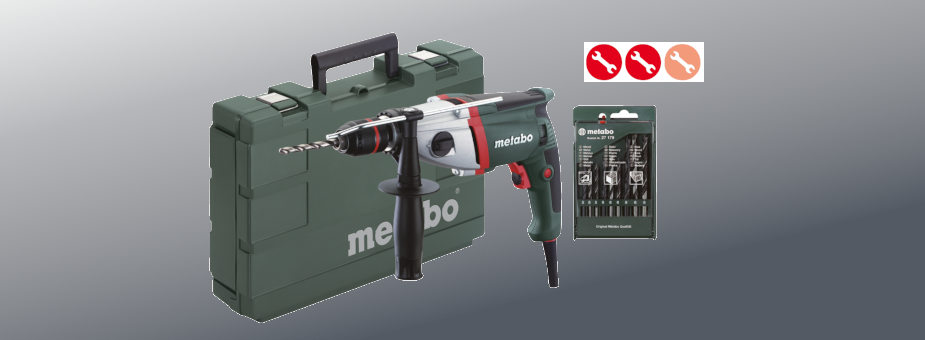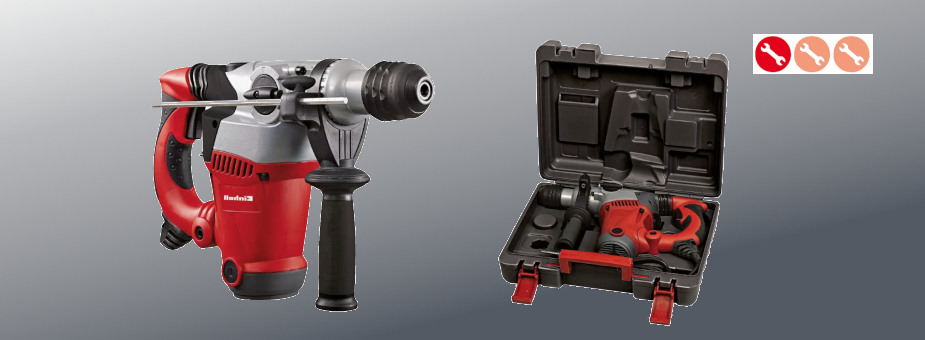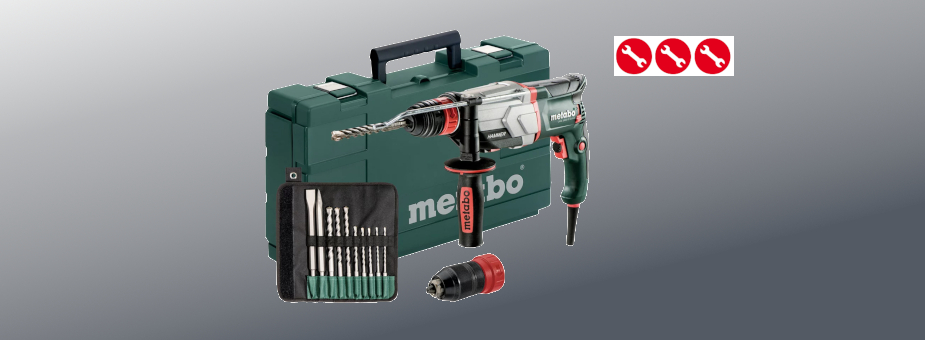08/11/2024
Drills - the right use
To determine the right drill for your needs, the most important question is which materials (wood, metal, brick, concrete) you want to drill into.

For universal use, a hammer drill is certainly the best solution because it is suitable for all materials and any standard drill bit with a cylindrical shaft can be used. However, when drilling into concrete, these machines quickly reach their limits.
So if you need to drill holes in concrete again and again, a hammer drill is only suitable to a limited extent.

For use in concrete and stone, a hammer drill is recommended – these have a special “impact system” that allows effortless and quick work in concrete.
Another advantage of this type is that many hammer drills have a hammer stop, which means that these machines can also be used for small chiseling jobs, such as removing tiles, cutting out cable slots, etc.
However, there are special chisel hammers for heavier chiseling work.
A disadvantage of hammer drills is the fact that they have their own tool holder and therefore require the use of their own drill bits.
These are drill bits with an SDS shank. Very large rotary hammers and chisel hammers use an SDS-Max shank. These drill bits are easily identifiable by the recesses in the shaft. These drill bits are generally only available for use in concrete, stone, and brick.
So if you also want to work with metal or wood, you will also need a “normal” drill or hammer drill.
It should be noted that no impact is used for wood and metal work or for screw work.

However, there are also combo hammer drills with a hammer stop and two quick-change drill chucks. These machines can be used with both "standard" cylindrical drill bits and (with their own chucks) SDS drill bits, making them ideal for universal use.
For the professional, however, the appropriate machine type is the best option.
You can find all products on this topic here!
